Stewardship of the land allows a winery to flourish. At the northern end of Santa Barbara County is one of the state’s most renowned vineyards: Julia’s vineyard, a source of Pinot Noir grapes for vintners such as Lane Tanner and the Byron, Cambria, Hitching Post, Bonaccorsi and Foxen wineries. Barbara R. Banke, co-proprietor of Jackson Family Wines, came to Santa Barbara County’s Santa Maria Valley and founded Cambria Estate Vineyards and Winery in 1986. Her 1,400-acre purchase included a significant portion of the historic Tepusquet Vineyard, the oldest Pinot Noir vineyard in Santa Barbara County, now named for her daughter Julia. Cultivation on the Santa Maria Bench, a mesa on the Valley’s western hillside with gravelly loam and superb drainage, combined with the Santa Maria Valley’s cool climate results in Cambria’s exceptional Burgundian grapes such as Chardonnay, Pinot Noir and Syrah.
Since 2003, Denise Shurtleff has been Cambria’s head winemaker; the pair work together to produce one of Southern California’s best known wines: Cambria Katherine’s Chardonnay, with an annual production of more than 50,000 cases. In addition, to this widely distributed Chardonnay, the winery also produces small quantities of vineyard specific Pinot Noir and Chardonnay. As an estate winery, all the grapes are grown on property, with cultivation strictly managed. On a recent visit to the view-rich hillside tasting room and winery, where the emerald green-hued hillsides felt more like a corner of Ireland than California, Shurtleff and Banke explained the philosophy, science and winemaking behind Cambria’s labels.
How does the Santa Maria Valley’s climate, tempered by ocean breezes, impact Cambria’s signature Chardonnay?
Denise Shurtleff: There’s a long hang time of fruit on the vine and a long growing season with a real slow flavor maturity. Because of the slow maturity, we have great acid retention in the grapes, which really enhances and brightens the fruit flavors and varietal characters, making the wines well balanced.
Barbara Banke: The ocean is only nine miles away; in summertime it’s very foggy in the day. It’s literally like San Francisco here in the summer: you freeze all day. It’s a good place for grapes.
Shurtleff: The warmest temperatures of the day are at noon. Because the maritime breeze– more like a wind–barrels through here, the grapes aren’t subjected to a long duration of heat.
Do you have ideal flavor profile for Katherine’s Chardonnay?
Banke: We have a pretty good idea of what we want: a wine that enhances the fruit with oak character but not oppressive, keeping the high notes and vibrant acidity of the fruit.
Shurtleff: As we harvest, when we’re making wine, and bringing in grapes from all the separate blocks, crushing and fermenting them separately that allows us to learn about those areas of the vineyards. As we’re fermenting and aging each block separately, we’re trying to better match yeast times and oak regimes, so our goal, is to make each individual block it’s best wine possible, so the overall blend will be best possible blend. When we go to next vintage, we know which areas of the vineyard will give us those qualities that we want for the wine. It’s a continual learning process; we learn so much each year, but we only have one shot each year. We build on our experience and information.
Is there a “recipe” for Katherine’s Chardonnay?
Shurtleff: It’s a representation of the entire estate and encompasses and showcases the property. West side is the coolest: and from those grapes we get a lot citrus flavors such as citrus blossoms, ripe tangerine, melding with pink grapefruit flavors and aromas. From the southern end of the estate along the riverbed, where some of the older Chardonnay vines are planted, we get great tropical flavors like guava. From the center of the estate we get stone fruit characteristics like white peach as well as green apples.
Because of great acid content of the grapes we put it through 100% malalactic fermentation; we age in one-and-two year old barrels and 26 % new oak barrels for eight months. We’re using oak to enhance the varietal characters after we put so much effort into growing the best quality fruit possible.
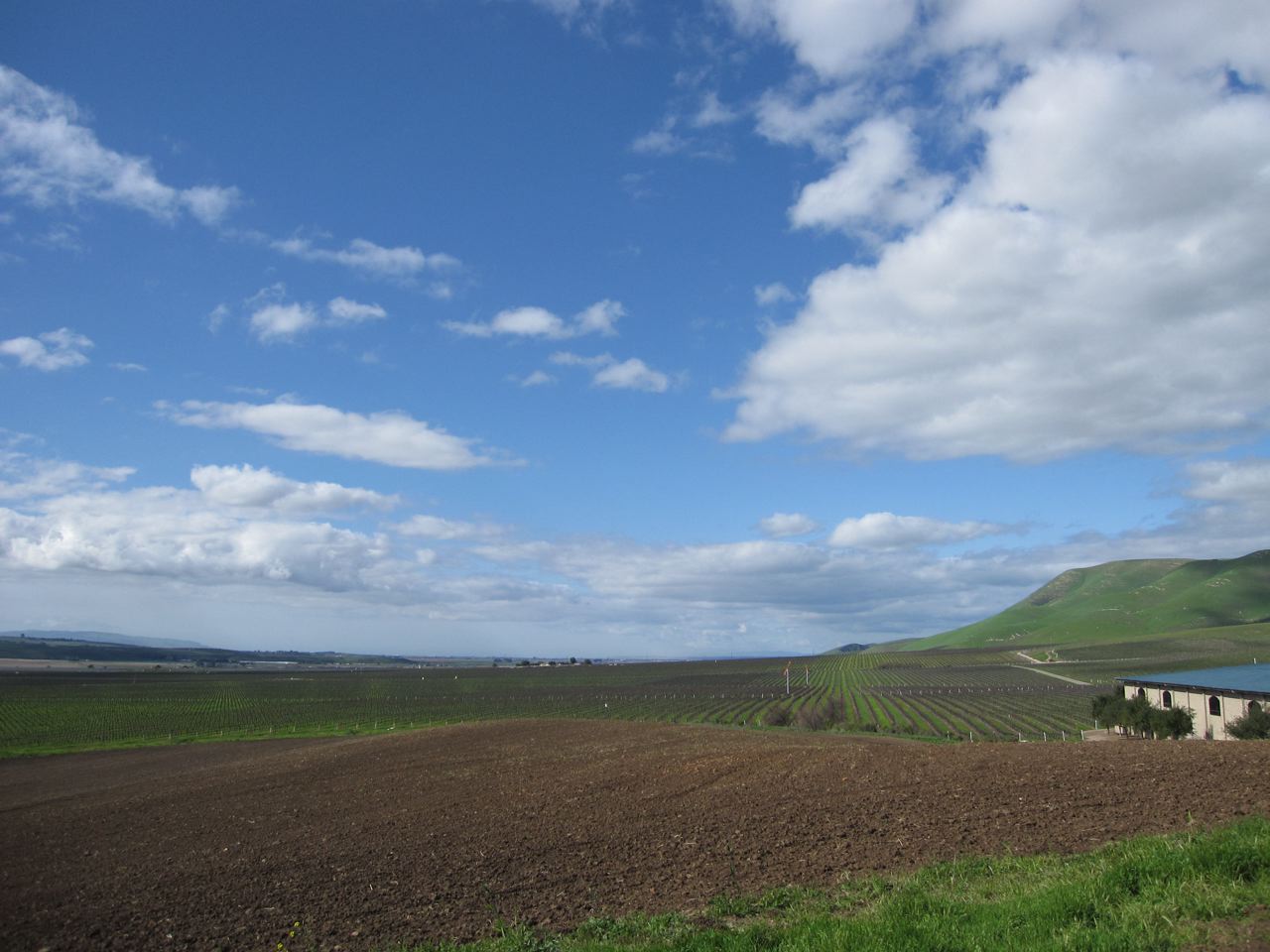
Have your farming techniques changed over time?
Banke: In the early years, especially with Pinot, we didn’t know what we were doing. (She laughs.) The Pinot Noir had vegetable characteristics (tomato) but we gradually got better. In the 1990s, we started to manage the canopy a lot more, knowing what to do with the pruning that changed it quite a bit. Now we generally get less than three tons per acre.
Shurtleff: Pinot Noir is a wine that is made in the vineyard. Without great quality grapes, there’s not a chance of making a decent wine. When we farm Pinot Noir, there will be 15 to 16 passes in the vineyard during the growing season. And it’s all handwork, whether it’s leaf removal, weed removal or lateral shoot thinning.
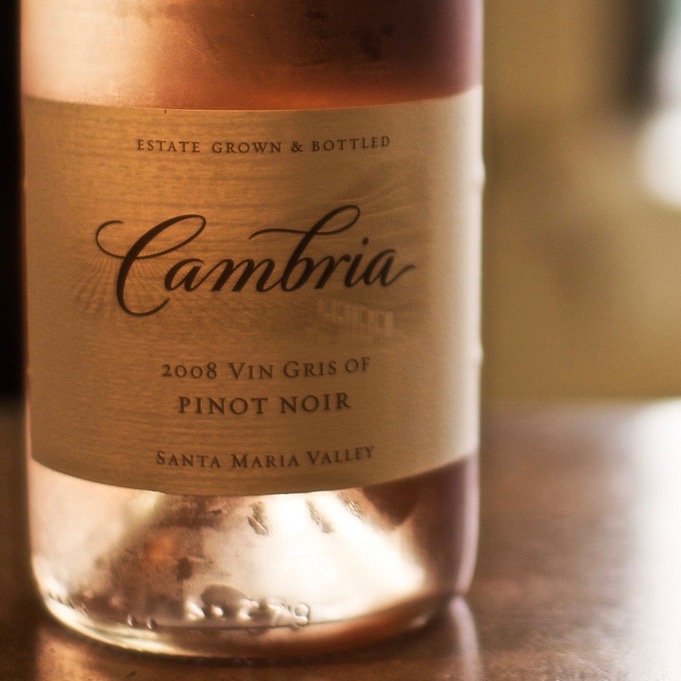
What other wines does Cambria produce?
Shurtleff: We make a true rosé produced from the saignée of the Pinot Noir grapes–we start to drain as soon as the grapes hit the tank. We also produce a late harvest Viognier, a Syrah as well as the Clone 667 single vineyard Pinot Noir. They’re available at the winery’s tasting room and to wine club members, online.
Banke: We’re still feeling the bump from “Sideways” in terms of Pinot Noir’s popularity. There’s a permanent bridge under construction over the Sisquoc River—previously it was a summer-only bridge—now you’ll be able to get here directly off Foxen Canyon Road, rather than looping north, making it much easier to visit the tasting room.

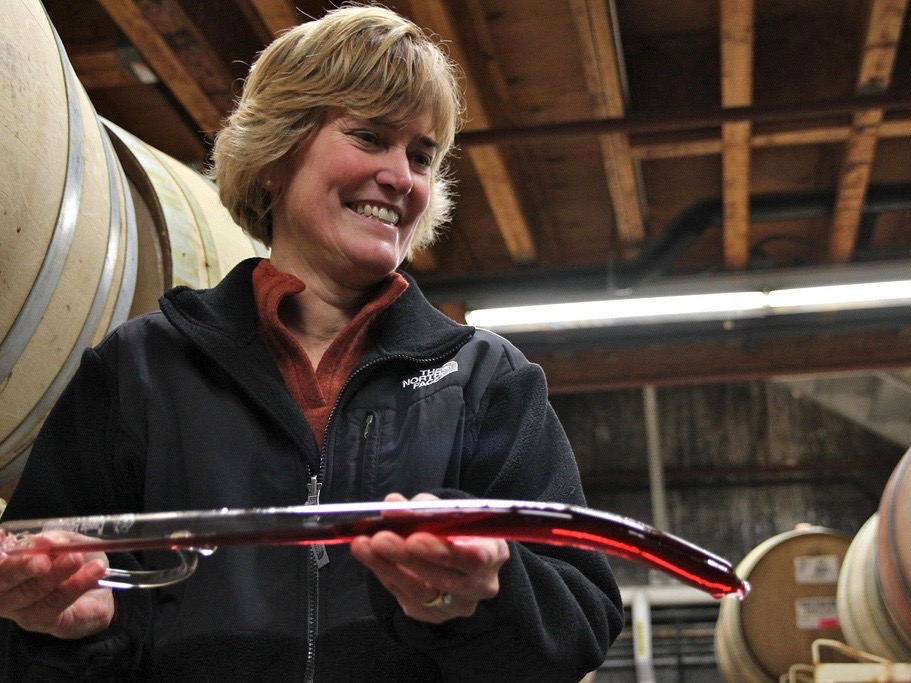
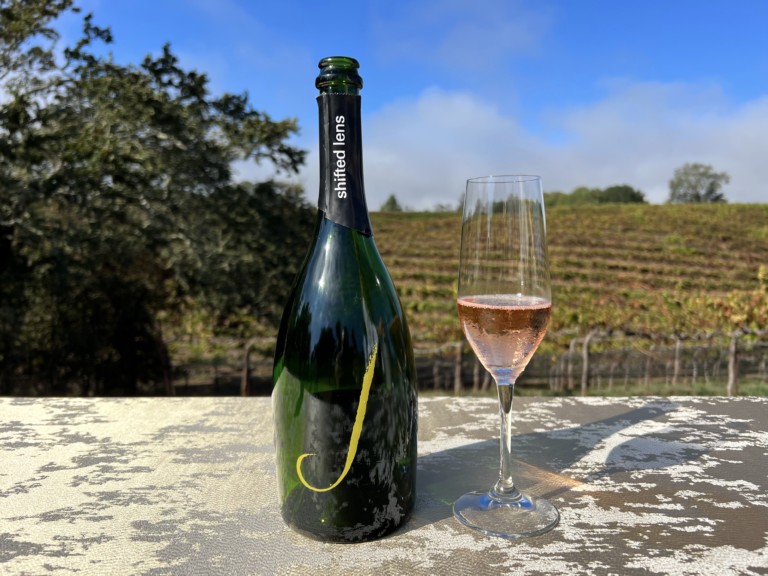
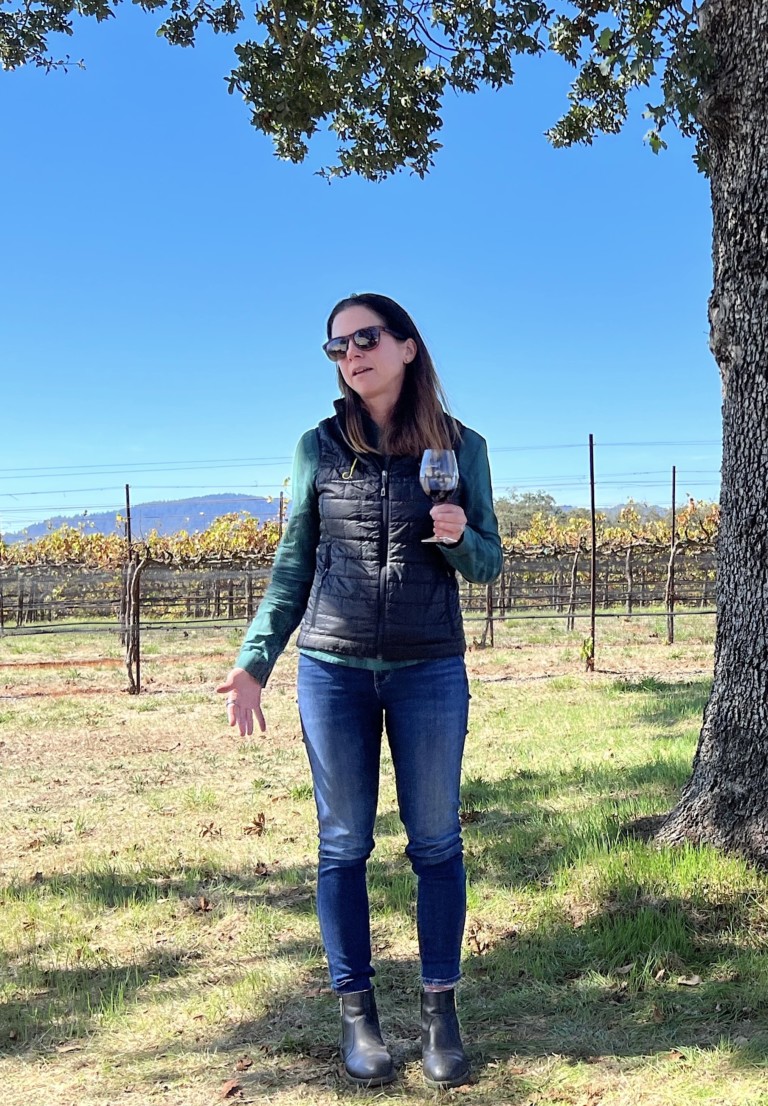





Leave a Comment